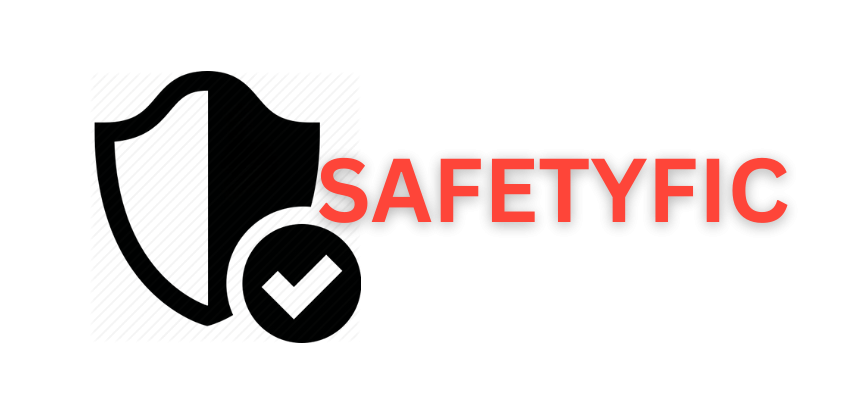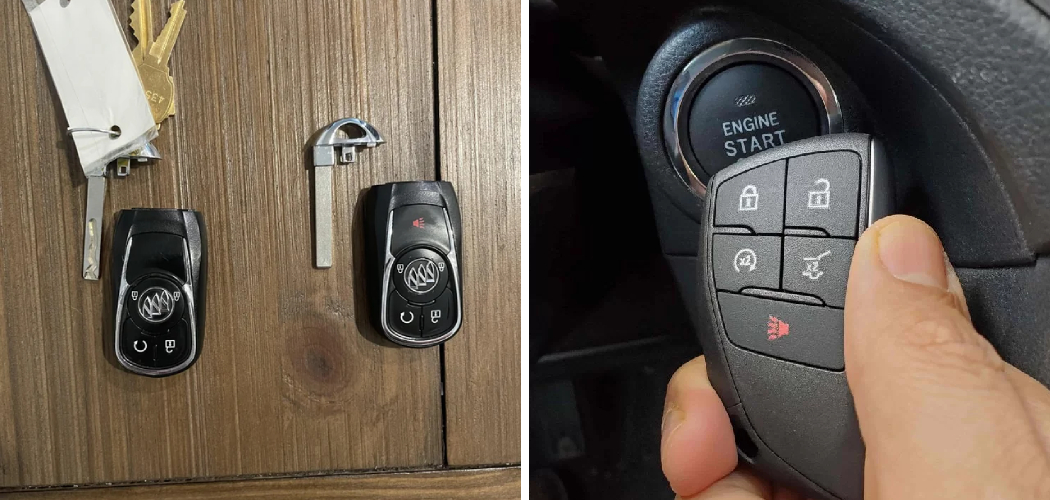Losing or misplacing your key fob can be a frustrating experience, especially if you need to access or start your Buick in a hurry. Fortunately, most modern Buicks are equipped with alternative methods to start the vehicle even without the key fob. This guide provides step-by-step instructions on How to start Buick without key fob seamlessly, ensuring you’re back on the road without unnecessary delays.
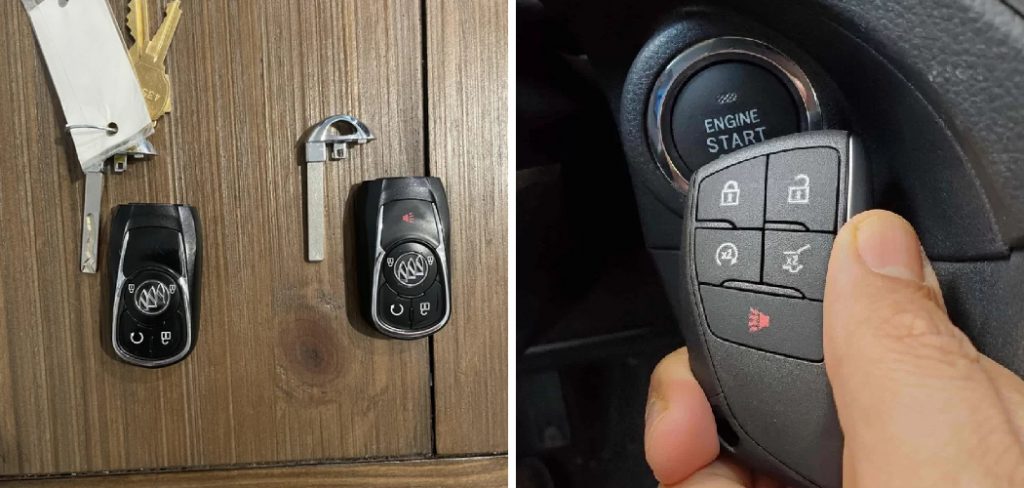
Situations Where Starting a Buick Without a Key Fob Is Necessary
There are several scenarios where you might need to start your Buick without a key fob. One common situation is when the key fob battery has died, rendering it unable to communicate with the vehicle. Another instance could be when the key fob is lost or misplaced, leaving you without immediate access to it. Additionally, technical issues such as key fob synchronization errors or damage to the key fob can also prevent it from functioning properly. In some emergency cases, such as locking the fob inside the vehicle, knowing alternative starting methods can be a lifesaver. Understanding these situations can help you prepare and act quickly when the need arises.
Understanding Buick’s Keyless Start System
Buick’s keyless start system, also known as push-button start, is designed to enhance convenience and security for drivers. This system allows the vehicle to start without inserting a traditional key into the ignition. Instead, it relies on a signal transmitted by the key fob to the vehicle’s onboard computer. When the key fob is in close proximity, the system authenticates the signal and enables the engine to start with the push of a button. This eliminates the need for a physical ignition key and adds a layer of technological sophistication to Buick’s design. However, in situations where the key fob is unavailable, understanding how the system works can be key to utilizing alternative methods to start the car.
10 Methods How to Start Buick without Key Fob
1. Using the Physical Key Hidden Inside the Key Fob
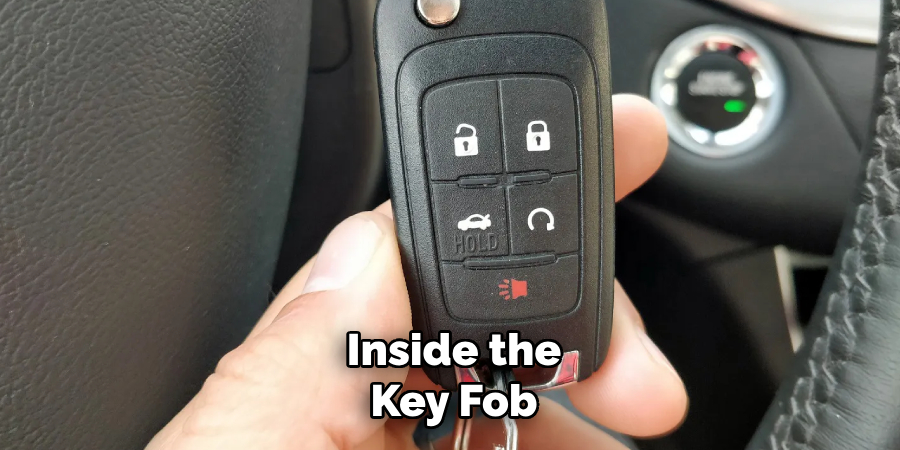
Most Buick key fobs contain a hidden mechanical key that can be used to start the car manually. If your key fob battery is dead or the fob is lost, check if you have this backup key. To access it, look for a small release button or slide mechanism on the fob. Once you remove the physical key, insert it into the key slot, which is often located near the steering column or under a removable plastic cover. Turning the key should engage the ignition and start the car, allowing you to drive as normal.
2. Using the Keyless Start Backup Slot (If Available)
Many Buick models with push-button start have a backup key slot designed for situations where the key fob battery is dead. This slot is typically located inside the center console, glove box, or near the steering column. To start the car, place the dead key fob inside this designated slot. Then, press the brake pedal and push the start button as you normally would. The car’s system will detect the fob’s presence and allow the engine to start, even if the battery is depleted.
3. Pressing the Start Button with the Key Fob Itself
If your key fob battery is weak or dead, but you still have the fob with you, try pressing the engine start button with the key fob itself. Many Buick models are equipped with a proximity sensor that allows the car to detect the fob even if the battery is too weak to send a wireless signal. Hold the fob directly against the start button while pressing it, and the car should recognize the fob and start. This method is useful when the fob is working intermittently or the battery is drained.
4. Using a Mobile App for Remote Start
Some Buick models come equipped with the myBuick app, which allows drivers to remotely start their vehicles using a smartphone. If you have lost your key fob or it is malfunctioning, check if your Buick is registered with the app. If it is, open the app, log in, and use the remote start feature. This method requires an internet connection and that the car be equipped with OnStar services. While not all models support this feature, it is an excellent backup option for those that do.
5. Replacing the Key Fob Battery Quickly
If your key fob is not working due to a dead battery, replacing the battery can restore its functionality and allow you to start your Buick normally. Most key fobs use a coin-cell battery like a CR2032 or CR2025. To replace it, open the fob using a flathead screwdriver, remove the old battery, and insert a new one. If you do not have a replacement battery on hand, temporarily rubbing the old battery between your fingers may generate enough charge for one last start attempt.
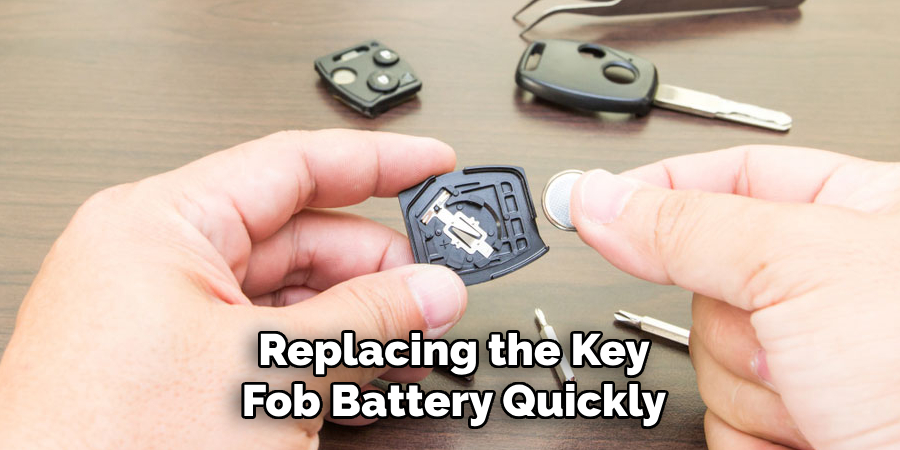
6. Using the Valet Key (If Equipped)
Some Buick models come with a valet key, which is a smaller, secondary key designed for limited vehicle access. If you have a valet key stored separately from your key fob, use it to manually start the car. Valet keys are often stored inside the glove box or given to vehicle owners as an emergency backup. This key functions similarly to the mechanical key hidden inside the fob and is an excellent alternative when the primary key fob is unavailable.
7. Jump-Starting the Car in Case of a Dead Battery
If your key fob is not working and your car also won’t start, the issue may be due to a dead vehicle battery rather than a problem with the fob itself. A completely dead battery can prevent the key fob and push-button start system from functioning. To rule this out, try jump-starting your Buick. Connect jumper cables to another vehicle or use a portable jump starter. Once power is restored, attempt to start the car using the push-button or backup key slot method.
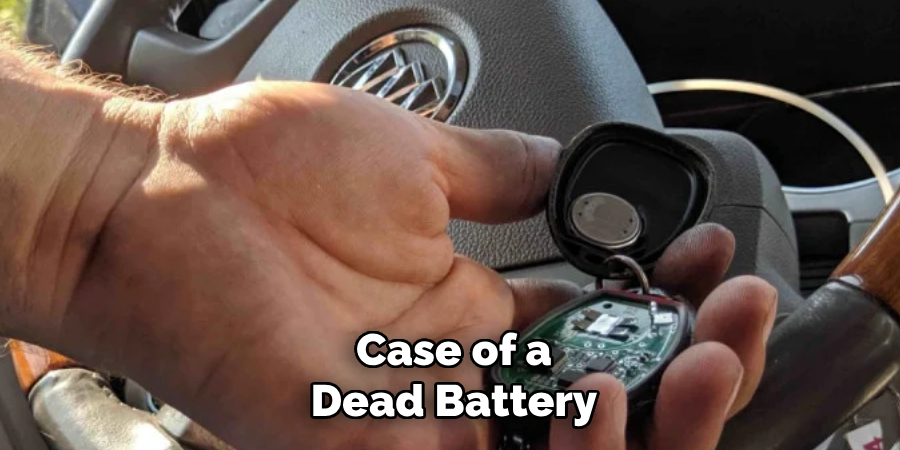
8. Using an OBD-II Key Programmer to Reprogram the Car
If your key fob is lost or permanently damaged, using an OBD-II key programmer may be an option. This tool can be plugged into the OBD-II port under the dashboard to reset the vehicle’s key recognition system. Some professional-grade scanners allow users to reprogram a new key or temporarily bypass the key fob requirement. However, this method typically requires knowledge of vehicle diagnostics and may need a professional locksmith or dealership assistance.
9. Contacting a Buick Dealership for an Emergency Start Code
If you cannot start your car due to a missing or non-functional key fob, a Buick dealership may be able to provide an emergency start code. Some newer Buick models allow for a temporary bypass code, which can be entered through the infotainment system or instrument panel to start the car. You will need to provide proof of ownership and your Vehicle Identification Number (VIN) to obtain this code. This method is typically a last resort when other options fail.
10. Calling a Locksmith for Key Fob Bypass or Reprogramming
If all else fails, a professional locksmith may be able to bypass the key fob requirement or provide a temporary solution to start your Buick. Automotive locksmiths have specialized tools that allow them to program new keys, unlock vehicles, or temporarily disable certain security features. If you are locked out or unable to start the vehicle, calling a locksmith may be quicker and more affordable than towing the car to a dealership.
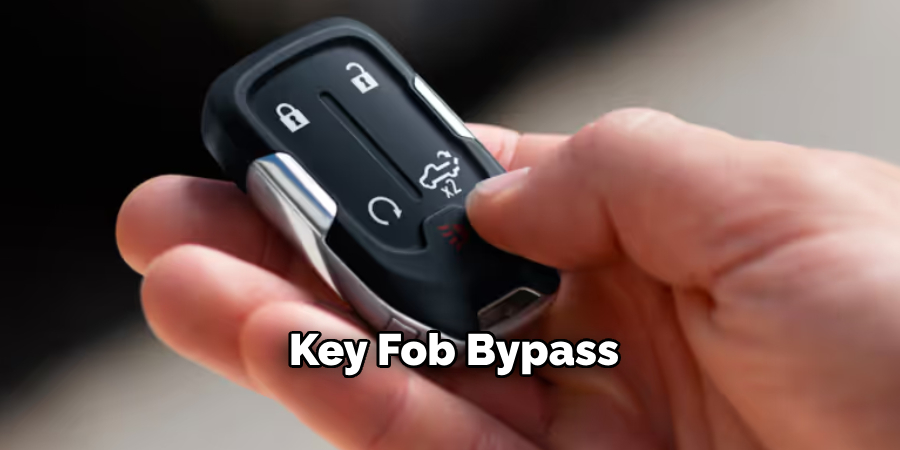
Things to Consider When Your Key Fob Stops Working
When dealing with a non-functional key fob, there are a few key factors to keep in mind to ensure a smooth resolution:
- Spare Key Fob Availability: Always check if you have a spare key fob available. Many vehicles come with at least two fobs, and having a backup can save you time and hassle in emergencies.
- Battery Life: Key fob batteries have a limited lifespan and may weaken over time. Regularly replacing the battery, typically every 1-2 years, can prevent sudden failures.
- Proximity to the Vehicle: Key fobs communicate with the car using short-range radio signals. Ensure you are within the vehicle’s acceptable range and avoid interference from other electronic devices.
- Model-Specific Procedures: Different Buick models may have unique starting methods or backup features, as outlined in your vehicle’s owner manual. Familiarize yourself with your car’s specific functions.
- Security Risks: Be cautious when using third-party apps or tools to bypass key fob functionality, as they may expose vehicle security to vulnerabilities or cause unintended damage.
- Professional Assistance Costs: While DIY solutions can be helpful, contacting a locksmith or dealership may be required in some cases, but this could lead to additional costs. Consider your options based on urgency and complexity.
Conclusion
Starting a Buick without a key fob can be challenging, but there are multiple methods available depending on the situation. If the key fob battery is dead, using the backup slot, pressing the start button with the fob, or replacing the battery can resolve the issue. If the fob is lost or malfunctioning, using a valet key, the myBuick app, or contacting a dealership for an emergency start code are viable options. Thanks for reading our blog post on How to start Buick without key fob! We hope you found it helpful and informative.
